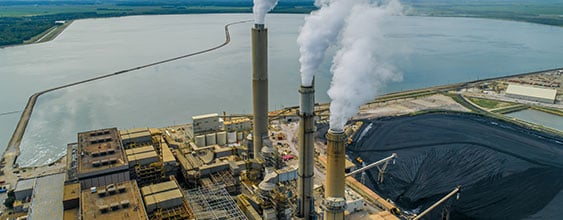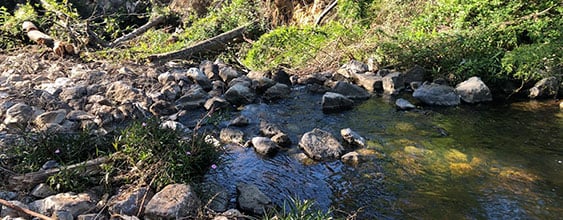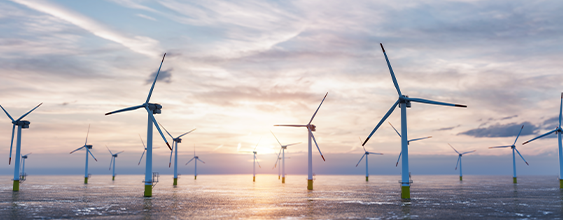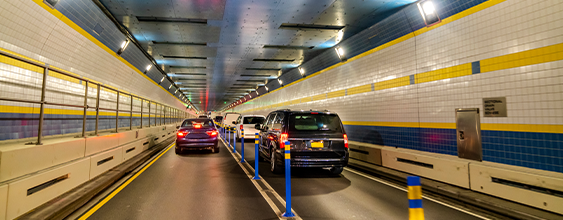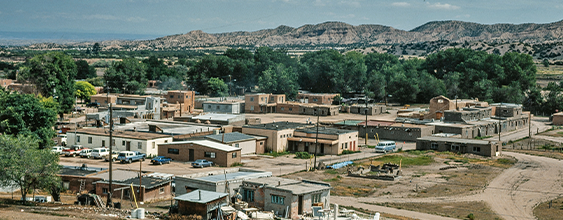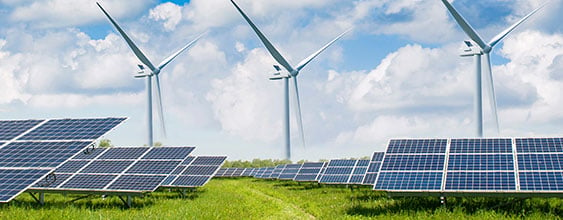The public sector has been seeing the benefit of P3s primarily in the energy efficiency space and can capitalize on early successes in the distributed energy generation field. There is also great potential for using P3s to help electrify public transportation assets and infrastructure.
Energy efficiency: Public private partnerships in the energy efficiency space have existed through energy performance contracting since the 1980s and it has been used for energy efficiency projects on a large scale. Governments have turned to energy savings companies (ESCOs) that integrate multiple efficiency measures, mitigating technical and performance risks, and providing a financial guarantee to project lenders that the energy savings generated will cover the debt service.
According to the National Association of Energy Service Companies (NAESCO), ESCOs have resulted in $50 billion in projects paid from $55 billion in energy savings since 1990 with 450 million tons of CO2 savings at no additional cost. A study by Lawrence Berkeley National Labs found that new annual ESCO project implementation is around $6 billion per year.
Case Study: With constrained budgets and the need for capital intensive energy upgrades, the City Council of the City of Englewood directed the administration to investigate energy efficiency savings. The city approached the Colorado Governor’s Energy Office for education and guidance through the ESPC process resulting in a competitive request for proposal (RFP) and the selection of Ameresco. Ameresco conducted a city-wide audit and provided a solution that resulted in a design-build-own-operate-maintain 20-year solar power purchase agreement and a $1.46 million ESPC guaranteed to reduce annual utility cost by $117,000 (23.3 percent electricity and 9.3 percent natural gas savings).
Distributed Energy: Distributed energy solutions like district energy systems can help cities reduce their energy costs and keep more energy dollars local. Additionally, environmental impacts are substantially reduced due to the markedly improved efficiency of heating and cooling systems and developing district energy systems that can support the transformation of the power sector as older, polluting power plants are shut down.
District energy can cut peak electrical demand, reducing burden on the grid and avoiding expensive peak power costs. When coupled with islanding capabilities to form a microgrid, these systems can provide even more resiliency benefits. Such local solutions may offer lower-cost alternatives to major system investments, particularly in areas at elevated risk from severe weather or other natural disasters.
Although the long-term energy savings and environmental benefits are substantial, even resulting in many well-paying jobs, the high upfront costs can discourage municipal governments from such investments. Connecting district energy or microgrid systems to the power grid can also be complex.
That is where P3s can help. A great example of this is the microgrid P3 between Montgomery County, Maryland and Duke Energy Renewables with Schneider Electric.
Case Study: A 2012 storm led to approximately 250,000 out of one million Montgomery County residents, and 71 county facilities out of 400 buildings, without power for multiple days. This event highlighted the need for resiliency for Montgomery County’s facilities.
Additionally, the county buildings and associated electrical infrastructure were 30- to 50-years-old on average and were showing their age. As early as 2009, the county had set a goal to reduce greenhouse gases. Government administrators needed to find a way to pay for expensive upgrades in line with their resiliency and green targets, without adding to its debt obligation or straining a budget, already pressed by the essential needs.
In 2014, the county turned to the private sector for innovative ideas through a competitive RFP. Schneider Electric and Duke Energy Renewables proposed a plan that would allow the county to install two advanced microgrids and upgrade aging electrical infrastructure without any upfront investment.
Additionally, the private partners would maintain and operate the microgrids through a 25-year Energy-as-a-Service (EaaS) P3 agreement. The private partners would design, finance, build, maintain and operate the microgrids and upgrades. Montgomery County would make capacity and energy payments to the capital partner over the life of the contract. The payments include a locked-in energy rate, so the county avoids market price escalation.
The P3 agreement averted a $4 million capital expenditure in electrical upgrades alone. The P3 increased energy reliability, resilience, and clean power at a marginal increase in annual energy costs for the two facilities.
These two facilities are anticipated to generate over 11 million kilowatt hours (kWh) of electricity, equivalent to reducing greenhouse gas emissions by taking over 1,400 cars off the road or planting more than 178,000 trees. The microgrids also will ensure that the county can continue to provide critical services to the community during major storms and other external events. During the middle part of the day, enough electricity is generated on-site at the Public Safety Headquarters (PSHQ) to export into the public utility grid.
Montgomery County is no longer an outlier. More and more public sector entities are looking at P3 solutions for their energy needs. The District WRED project in Westminster, the National Western Center in Denver, Pittsburgh Airport, Santa Barbara Unified School District and the New London Harbor Energy project are a few district energy P3 project examples.







